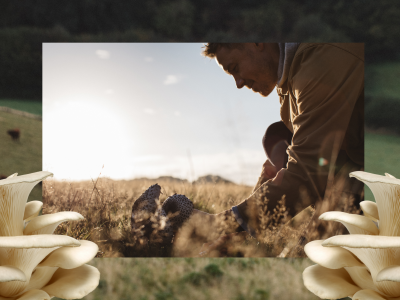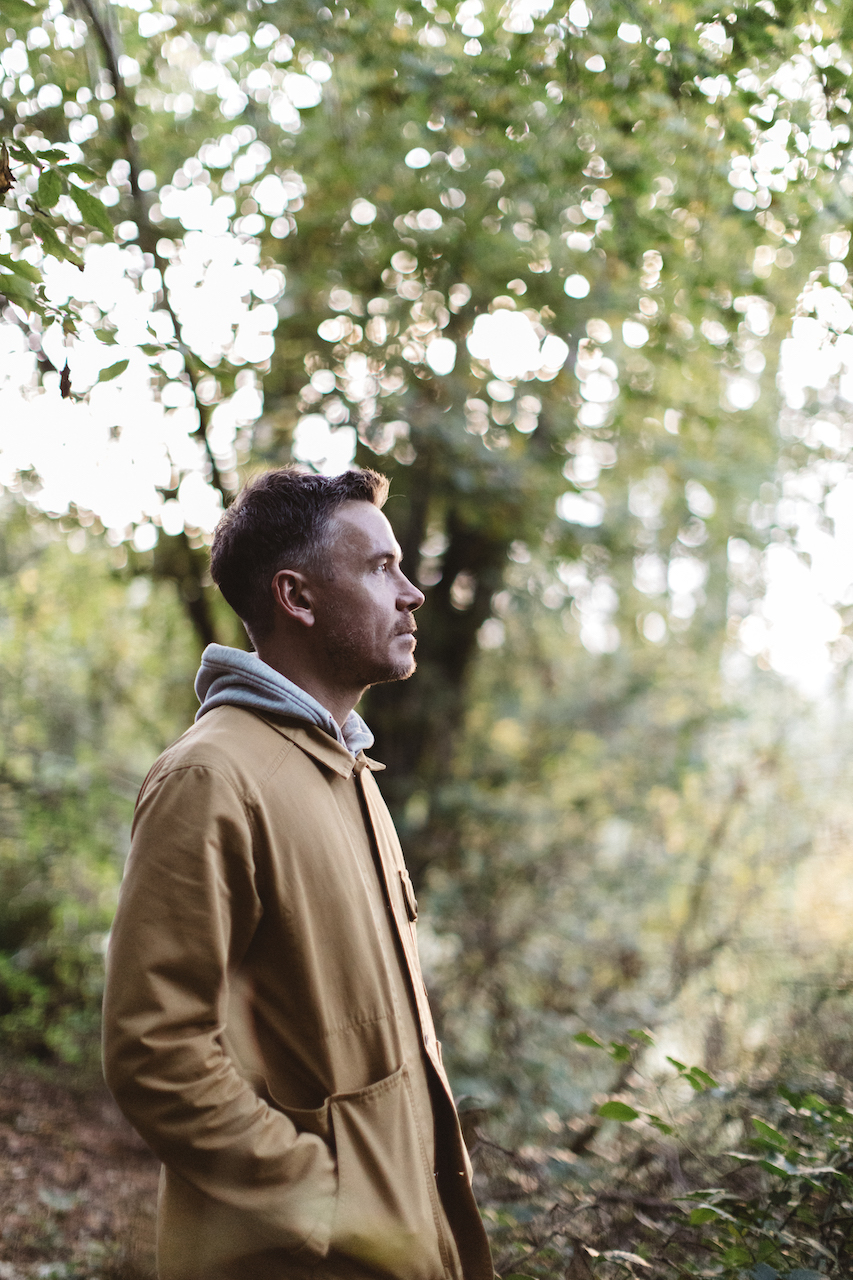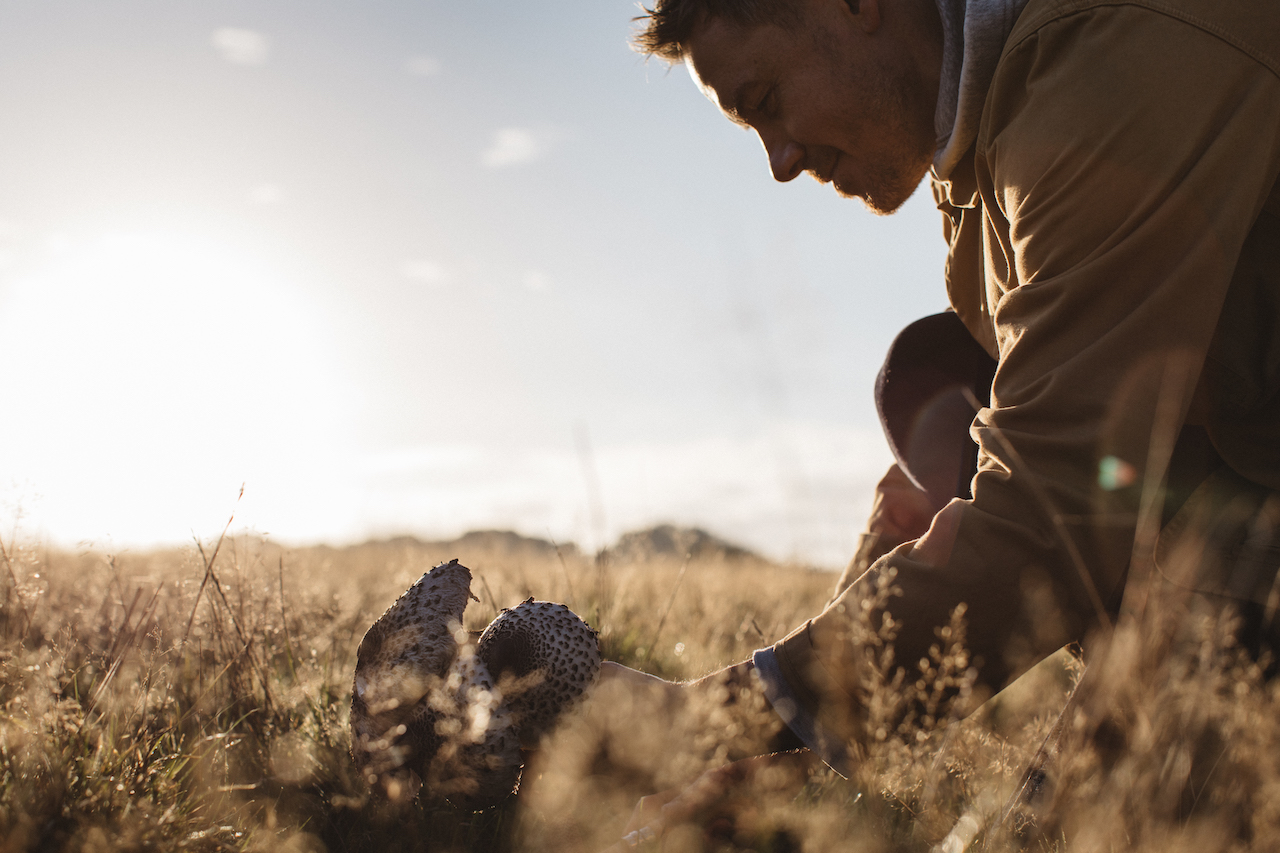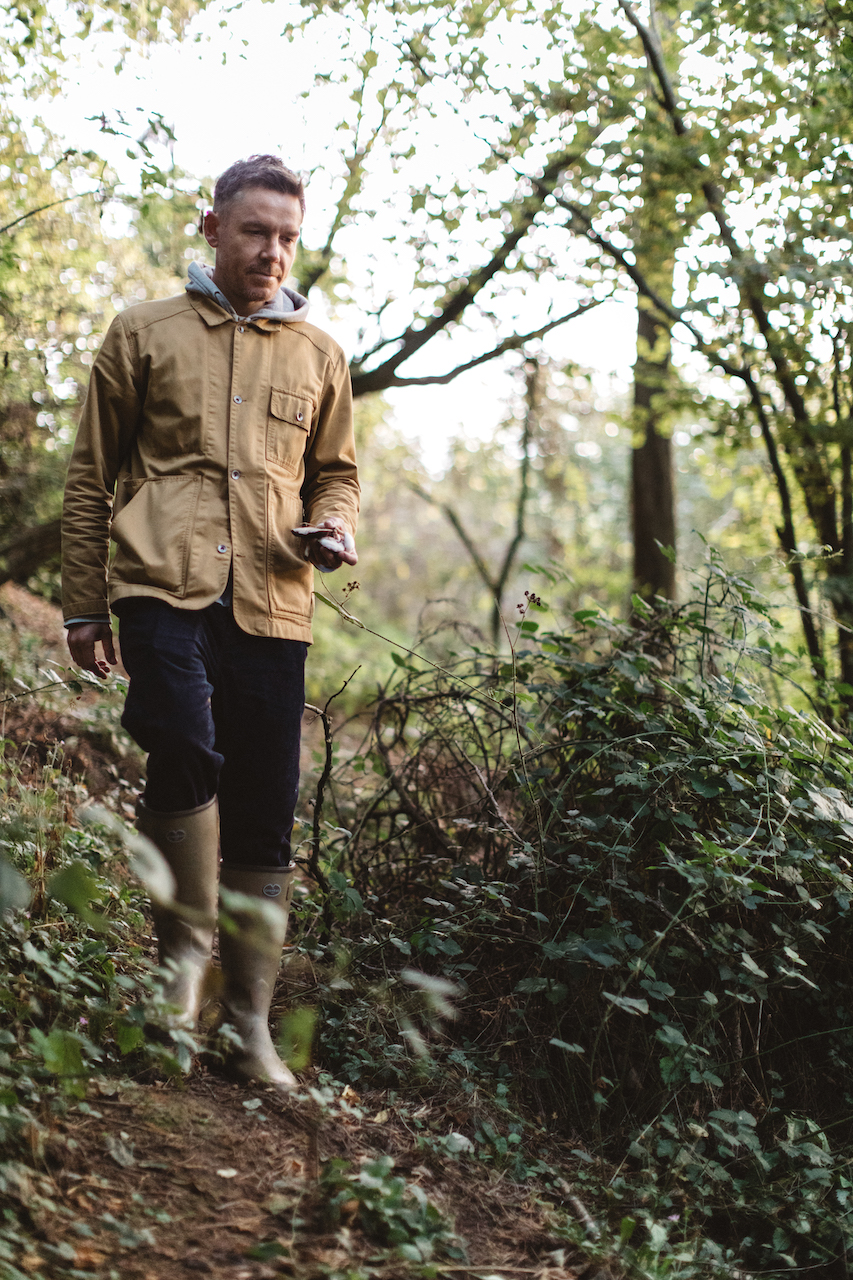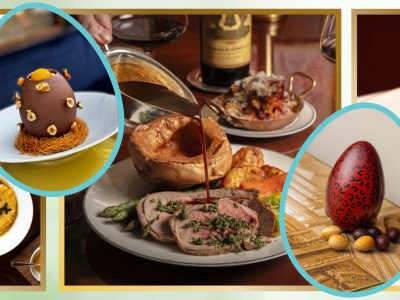What is the essential kit you always carry when you’re out foraging?
I have a wood-handled Opinel folding knife that I always take with me and I’ll pull on some sturdy waterproof boots – Blundstone is a ubiquitous brand in Somerset, but I’m more of a Red Wing guy. I also take a good-sized tote bag to carry my haul.
